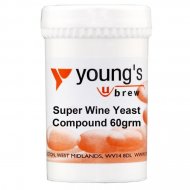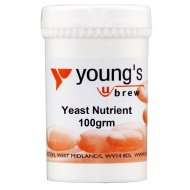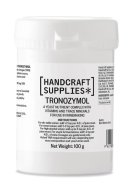Red Wine
If you are using a hydrometer, press a few grapes to determine the specific gravity of the juice and the amount of sugar to add. If you are not using the hydrometer, it is advisable to add at least 500g (one and a quarter pounds).
Remove the stalks from the grapes, place the grapes in a tub or open bin, and crush them by hand or with a piece of hardwood. If using natural yeast, add the sugar and yeast nutrient, stirring well. If using a specific yeast, add one Camden tablet per gallon; then, after 24 hours, stir in the sugar and add the yeast.
Use a disc made of dense hardwood, such as oak or beech, that fits loosely in the cylindrical bin to keep the skins submerged beneath the surface of the liquid. Bore holes in it with a 2-inch bit. Push this ‘sinker’ down daily to ensure the skins remain wet. This is crucial; otherwise, you may achieve poor colour extraction, and the cap of skins may acetify. Keep the bin in a warm place for up to 10 days, depending on the depth of colour you desire, but no longer. Then strain off the liquor into your fermenting vessel and add (by stages if not using a hydrometer) the remaining sugar. If possible, press the pulp to extract a little extra juice.
Certainly keep this wine in an opaque or coloured fermenter to preserve its colour, and proceed as you would with any ordinary country wine.






















